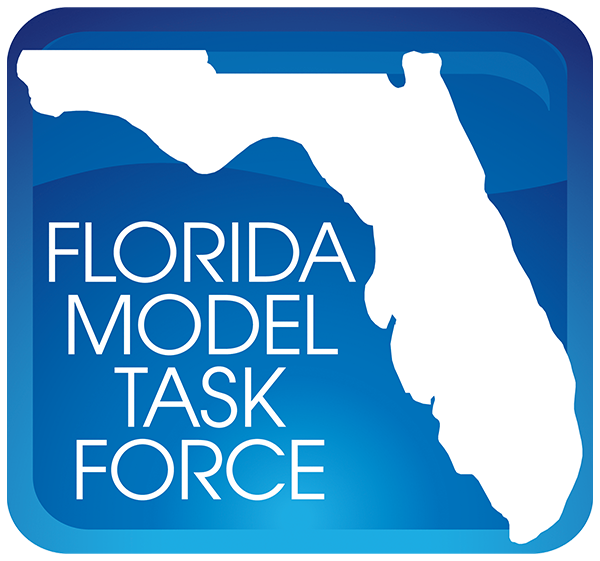

Travel demand models are for the purpose of estimating future travel demand given changes in transportation infrastructure and socioeconomics/demographics. Given that the methodologies in a travel demand model are a controlled factor, the effect of input data on the accuracy of the traffic volumes projected for a short term horizon has not yet been thoroughly investigated.
The purpose of this study is to investigate the performance of the FSUTMS four-step modeling process by examining the accuracy of short-term travel demand forecasts. The FSUTMS model developed in the Jacksonville Urban Area Transportation Study (JUATS) in 1995 is selected as the study case. Three factors, including ZDATA/EETRIP files, highway network, and two-digit coding, were investigated. The findings from this study show that the accuracy of a travel demand model in projecting traffic volumes may be improved with updated and accurate ZDATA/EETRIPS files. For However, a highway network that was updated to the projected year had a more significant effect on the model accuracy than the ZDATA/EETRIPS files. The study also found that two-digit coding of area and facility types improved the performance of the model. The three factors of ZDATA, network, and two-digit coding are not independent. In other words, they do not have a fixed effect on the model accuracy. Their effects on the model depend on their combinations. The presence of one factor enhances the effect of another. The findings from this study call for future studies to investigate other effects of parameters in travel demand models.

